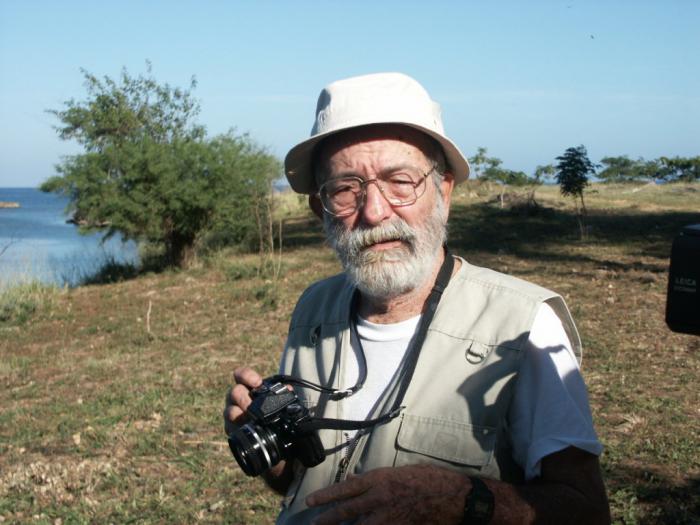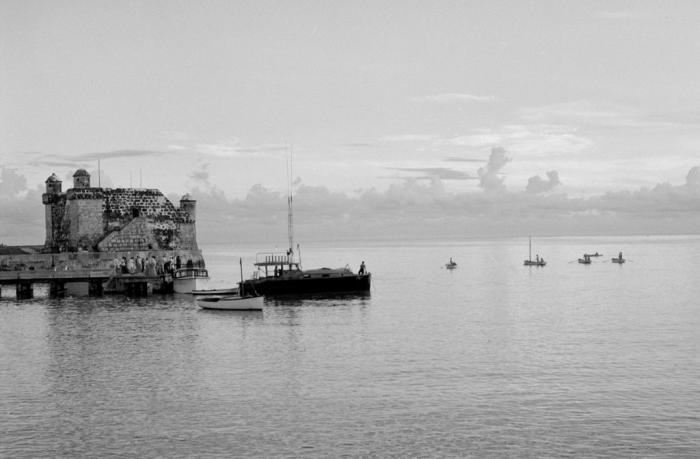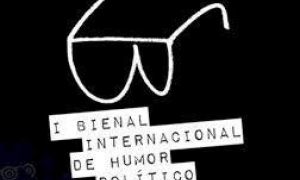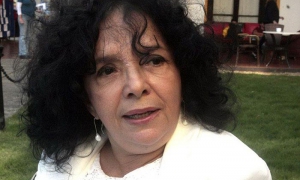IN 1996, the National Prize for Visual Arts was awarded, for the first time, to a photographer: Raúl Corrales, one of Cuba’s greatest artists behind the lens.

His daughter, Norma Coral, explained that Corrales is the artistic name of the photographer, who was born in Ciego de Ávila on January 29, 1925, and died in Havana, April 15, 2006.
Norma agreed to an extensive interview with Granma International, and offered a loving recollection of her father’s work, which she is now devoted to studying and preserving.
“It is a vast, beautiful body of work. When he was alive, I was not involved in his work, only in the expositions, the curating. Now I’m inspired to study it. I don’t know how many photographs there may be; there are thousands of negatives, since his was a life dedicated to the image, within very diverse environments.”
Are you working in stages?
“My father had very well organized files. There are images our family didn’t even know about. I am discovering them, and they are as beautiful as those which were published. The most recent experience I’ve had was at the Wifredo Lam Contemporary Art Center with painter, Tomás Sánchez, who has now taken up photography. He did a show on the Jibacoa cliffs, and I was impressed that there is a black and white photo essay by my father of precisely what Tomás portrayed in color.”
Critics agree that his work done in analogue times continues to impress with its lyricism. Corrales had a wonderful ability to visualize shots from unusual angles and perspectives.
“He never took several shots in a row. He concentrated, observed, and when he focused, it was what he wanted. When you look at his contact sheets, practically what is there is what he used. He conceived the shot from the very beginning and captured it. He said many times: I don’t look for a good photo; I see a good photo.”
Corrales recorded multiple historic moments with his camera, and from the very beginning was able to convey social commentary with images which are still moving, given their grandeur and spectacular nature.

His portraits reflect a perfectly balanced composition, which he achieved with his trademark use of light and shadows, giving the subject plasticity and the photo a certain sculpture-like feel.
Monuments are of course much photographed, but there is a photo by Corrales of Malagón, which inspired a monument honoring the first campesino militia member, in his native Pinar del Río.
When the Advanced Institute of Art awarded him a Honoris Causa doctorate in 2005, cited were the numerous qualities Corrales possessed which made a photo of his a work of art: their poetic tone, their synthesizing power, the featuring of detail and treatment of light.
What can you tell us about Corrales before he became a master photographer?
“My grandfather, a Spanish immigrant with many children, had a wheelbarrow and my father accompanied him, as a child, selling fruit. He was also a valet for the Mexican actor and singer Jorge Negrete, when he was in Havana. Later he worked at the Carmelo (an exclusive restaurant in Vedado) as a bellhop, opening the door. He always said he learned to leaf through magazines there. He bought a little Kodak camera, and developed the film, but had no way to print them. He would look at the negatives at night, with a light in his room.”
How did he become a professional?
“His older brother worked at Cuba Sono Film, and my father began there in maintenance. He cleaned, swept, but one day, by chance, in a tailor shop on Obispo Street, someone asked for some service at an anniversary, and there was no photographer available. He casually offered himself and the boss agreed. He later told the story of how he walked along Obispo with the cameras and a little suitcase of spotlights, to take a single image. He took it, developed it and printed it. That’s how his life as a photographer began."
Beginning in 1946, he worked as a graphic reporter for the newspaper Hoy, until it was merged in 1953, and during these years he also collaborated with other publications including the Cuban Workers’ Press, América Deportiva, Vanidades, Última Hora and Bohemia.
“He traveled across Cuba with Oscar Pino Santos doing reports on charcoal makers, on poverty, because in this period his were always photos of social criticism. They were an almost perfect duo. He also did advertising photography for the Siboney company.”
We spoke about Cojímar, where he lived, and about Hemingway… “Actually it was a very short relationship. He photographed him on just one occasion walking around the town. Once he was on his yacht Pilar anchored there, and he invited my father on board. My father lamented the fact that he had taken a number of photos and didn’t have much film left. That’s why there aren’t many photos, but they are beautiful and well-known. That was toward the end of the 50s. He later photographed Hemingway again during the first Billfishing Tournament. My father does have a beautiful body of work on Cojimar’s fishermen, I even heard him say he had the book, The old man and the sea, in photos.
Then came 1959, and Corales’ photos of the revolutionary era…
“Among these photos are La caballería (1960), El sueño (Caracas 1959), La Primera declaración de La Habana (September 2, 1960). This picture was on the 10 peso bill, which is not currently circulating. It was the first time a photographic image was used on a bill.”
Through 1961, Corrales accompanied Fidel on his trips and tours. Some of these images are classics: the proclamation of the socialist nature of the Revolution in April of 1961, and that of Fidel on a tank directing military operations in Playa Girón.
He photographed for the National Land Reform Institute (INRA) and Cuban magazines, for the newspaper Revolución and then he moved away from photography…
“He went to work for the Council of State because Celia Sánchez asked him to do so. At that time, he was at the Academy of Sciences, and when the Council of State Office of Historical Affairs was founded, Celia asked him to collaborate for a short time. My father has said that it was supposed to be 20 days, that became 20 years (from 1964 until his retirement in 1991), organizing and making microfiche of all the documentation that was stored there.”
He took part in numerous personal and collective expositions, and his work is included in many anthologies, newspapers and magazines in Cuba and internationally.
Is he credited?
“This is a serious problem. Many times no credit is given and this is painful. Publications often use the credit ‘file photo.’ Archives don’t take pictures, people do. This is not understandable, behind these photos there was a man with commitment, with worth, with national and international distinctions, including the 1988 Félix Varela Order, the highest honor awarded by the Council of State in the cultural arena.”
The life of Raúl Corrales was capturing images, thus practically all of Cuba can be seen through his lens, and as his daughter recalls, on the basis of a simple maxim: I look and I see.






